Intel SSD DC P3700 Review: The PCIe SSD Transition Begins with NVMe
by Anand Lal Shimpi on June 3, 2014 2:00 AM EST- Posted in
- Storage
- SSDs
- Intel
- Intel SSD DC P3700
- NVMe
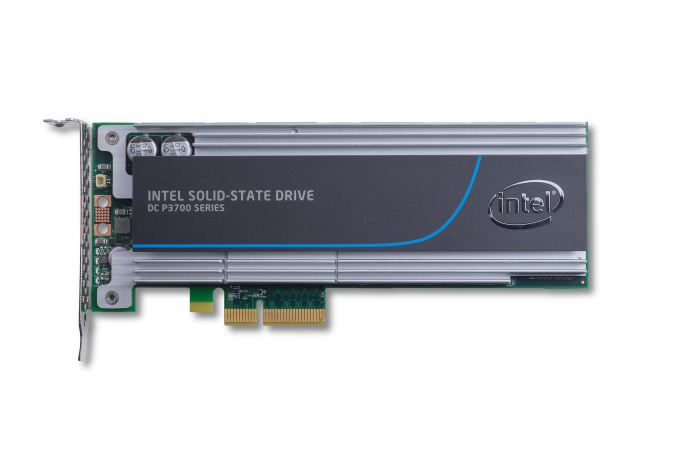
In 2008 Intel introduced its first SSD, the X25-M, and with it Intel ushered in a new era of primary storage based on non-volatile memory. Intel may have been there at the beginning, but it missed out on most of the evolution that followed. It wasn't until late 2012, four years later, that Intel showed up with another major controller innovation. The Intel SSD DC S3700 added a focus on IO consistency, which had a remarkable impact on both enterprise and consumer workloads. Once again Intel found itself at the forefront of innovation in the SSD space, only to let others catch up in the coming years. Now, roughly two years later, Intel is back again with another significant evolution of its solid state storage architecture.
Nearly all prior Intel drives, as well as drives of its most qualified competitors have played within the confines of the SATA interface. Designed for and limited by the hard drives that came before it, SSDs used SATA to sneak in and take over the high performance market, but they did so out of necessity, not preference. The SATA interface and the hard drive form factors that went along with it were the sheep's clothing to the SSD's wolf. It became clear early on that a higher bandwidth interface was necessary to really give SSDs room to grow.
We saw a quick transition from 3Gbps to 6Gbps SATA for SSDs, but rather than move to 12Gbps SATA only to saturate it a year later most SSD makers set their eyes on PCIe. With PCIe 3.0 x16 already capable of delivering 128Gbps of bandwidth, it's clear this was the appropriate IO interface for SSDs. Many SSD vendors saw the writing on the wall initially, but their PCIe based SSD solutions typically leveraged a bunch of SATA SSD controllers behind a PCIe RAID controller. Only a select few PCIe SSD makers developed their own native controllers. Micron was among the first to really push a native PCIe solution with its P320h and P420m drives.
Bandwidth limitations were only one reason to want to ditch SATA. The other bit of legacy that needed shedding was AHCI, the interface protocol for communication between host machines and their SATA HBAs (Host Bus Adaptors). AHCI was designed for a world where low latency NAND based SSDs didn't exist. It ends up being a fine protocol for communicating with high latency mechanical disks, but one that consumes an inordinate amount of CPU cycles for high performance SSDs.
In the example above, the Linux AHCI stack alone requires around 27,000 cycles. The result is you need 10 Sandy Bridge CPU cores to drive 1 million IOPS. The solution is a new lightweight, low latency interface - one designed around SSDs and not hard drives. The result is NVMe (Non-Volatile Memory Express otherwise known as NVM Host Controller Interface Specification - NVMHCI). And in the same example, total NVMe overhead is reduced to 10,000 cycles, or roughly 3.5 Sandy Bridge cores needed to drive 1 million IOPS.
NVMe drives do require updated OS/driver support. Windows 8.1 and Server 2012R2 both include NVMe support out of the box, older OSes require the use of a miniport driver to enable NVMe support. Booting to NVMe drives shouldn't be an issue either.
NVMe is a standard that seems to have industry support behind it. Samsung already launched its own NVMe drives, SandForce announced NVMe support with its SF3700 and today Intel is announcing a family of NVMe SSDs.
The Intel SSD DC P3700, P3600 and P3500 are all PCIe SSDs that feature a custom Intel NVMe controller. The controller is an evolution of the design used in the S3700/S3500, with improved internal bandwidth via an expanded 18-channel design, reduced internal latencies and NVMe support built in. The controller connects to as much as 2TB of Intel's own 20nm MLC NAND. The three different drives offer varying endurance and performance needs:
The pricing is insanely competitive for brand new technology. The highest endurance P3700 drive is priced at around $3/GB, which is similar to what enthusiasts were paying for their SSDs not too long ago. The P3600 trades some performance and endurance for $1.95/GB, and the P3500 drops pricing down to $1.495/GB. The P3700 ships with Intel's highest endurance NAND and highest over provisioning percentage (25% spare area vs. 12% on the P3600 and 7% on the P3500). DRAM capacities range from 512MB to 2.5GB of DDR3L on-board. All drives will be available in half-height, half-length PCIe 3.0 x4 add in cards or 2.5" SFF-8639 drives.
Intel sent us a 1.6TB DC P3700 for review. Based on Intel's 400GB drive pricing from the table above, the drive we're reviewing should retail for $4828.
IO Consistency
A cornerstone of Intel's DC S3700 architecture was its IO consistency. As the P3700 leverages the same basic controller architecture as the S3700, I'd expect a similar IO consistency story. I ran a slightly modified version of our IO consistency test, but the results should still give us some insight into the P3700's behavior from a consistency standpoint:
IO consistency seems pretty solid, the IOs are definitely not as tightly grouped as we've seen elsewhere. The P3700 still appears to be reasonably consistent and it does attempt to increase performance over time.


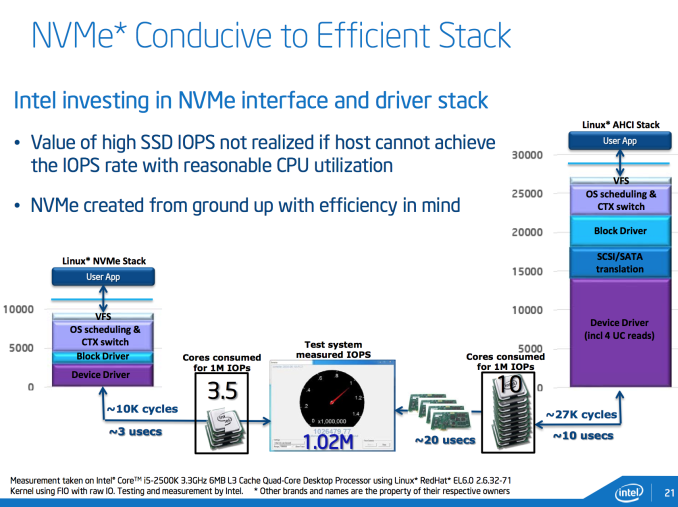
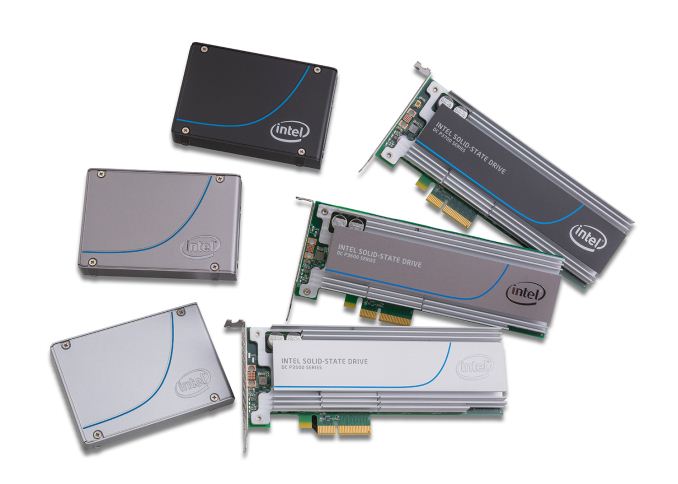
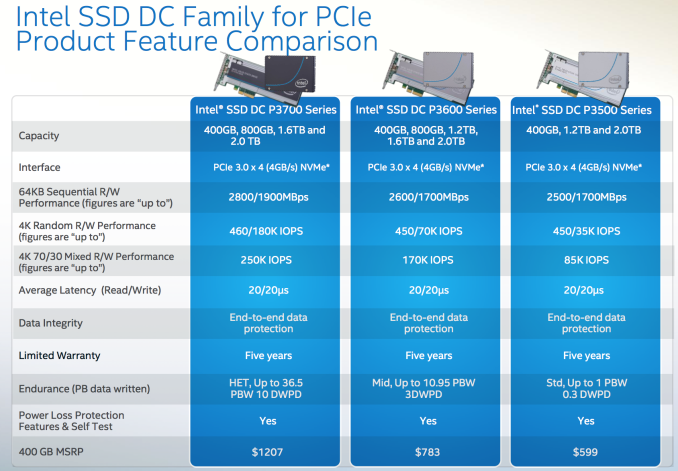






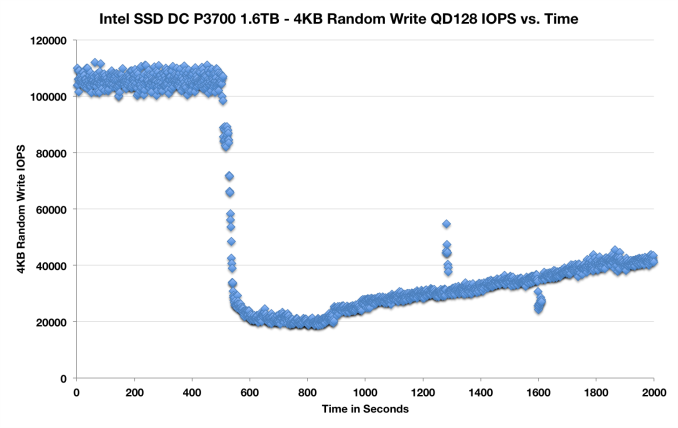








85 Comments
View All Comments
andrewaggb - Tuesday, June 3, 2014 - link
that's really the question isn't it. I'm skeptical until somebody proves otherwise. Seems like you'd need a bios update at a minimum.BeethovensCat - Tuesday, June 3, 2014 - link
Yes, this would be key. Would be annoying to buy a card and not be able to boot Windows from it. Would it be only be possible with Z97 based chipsets or also Z87? Have a relatively new Z87 card. As much as I don't want to change to Apple, one must admit they are better at getting some of these things right. Come on Intel (Asus) - make it possible to boot from one of these on a Z87 motherboard and I will buy one right away!!Taurothar - Tuesday, June 3, 2014 - link
Honestly, it's up to the motherboard's capabilities. A bios update should be possible but it depends on many things like how the PCIe lanes are distributed etc, I wouldn't count on getting the full performance out of a chipset designed before PCIe SSDs. PCIe RAID cards have the controller to boot from built in, but these stand alone SSDs mean the chipset or other onboard controller has to be able to recognize it, that might not be as simple as a bios update.morganf - Tuesday, June 3, 2014 - link
I was disappointed that the 4K QD1 read was no better than 40 MB/sec that can be achieved by SATA / AHCI SSDs like the Samsung 840 Pro.FusionIO has been getting twice that (i.e., around 80 MB/sec) for years. I was expecting NVMe to achieve something similar.
But maybe the 40 MB/sec is an OS driver limitation? Perhaps FusionIO is able to get around that because they have their own driver.
boogerlad - Tuesday, June 3, 2014 - link
Why does the p3500 have such low 4k random write IOPS? Is it merely the worst case/steady-state performance? Is it much lower quality NAND? Is it lack of over provisioning and not a problem if the drive is not filled to the brim? I've been waiting for a product like this for a very long time. To be honest, I was surprised Intel was the one to deliver. It looks like they checked out of making innovative products looking at their CPU lineup.boogerlad - Tuesday, June 3, 2014 - link
Then again, I guess as long as 4k qd1 write speeds are the same as the p3700, it doesn't really matter. Many enthusiasts will buy the p3500 and put it under a consumer workload anyways that rarely has qd > 1.Dangledon - Wednesday, June 4, 2014 - link
Low random write performance is probably an indirect reflection of TLC. The endurance numbers make this pretty clear. TLC has relatively long P/E dwell times. These times become apparent when garbage collection is triggered by sustained random write workloads. I don't know whether these devices support overprovisioning. Having it might help deal with spikey workloads as long as the "runway" is long enough. Though, frankly, the P3500 was not designed for a high random write workload.Dangledon - Wednesday, June 4, 2014 - link
My bad. They're using MLC, not TLC. The reserve/spare capacity is 7% on the P3500, which in-part accounts for the relatively low endurance. Intel is probably also doing NAND part binning, using the poorest quality parts in the P3500.rob_allshouse - Tuesday, June 3, 2014 - link
One comment (and I do work for Intel, to be open about it)... but the P3700 does this all in x4 while the p420m does it in x8, so half the PCIe lanes consumed. I didn't see this in the article, and feel like it's very relevant. It also explains the disparity in sequential read performance.mfenn - Tuesday, June 3, 2014 - link
I find it interesting that this article is presented as an enterprise SSD review and even goes so far as to decry the performance of previous implementations, but does not mention Fusion-io or Virident. We've had 500K IOPS and latencies in the tens of microseconds for years now without Intel or NVMe, those are not the stories here.NVMe is not some wonderful advance from a performance point of view, and should not be presented as such. What it is is a path towards the commoditization of relatively high performance PCIe SSDs. That's an incredibly important achievement and should have been the focus of the discussion.
As it stands, this article follows the the Intel marketing tune a little too closely and does not respect the deep market insights that I've come to expect from AnandTech.